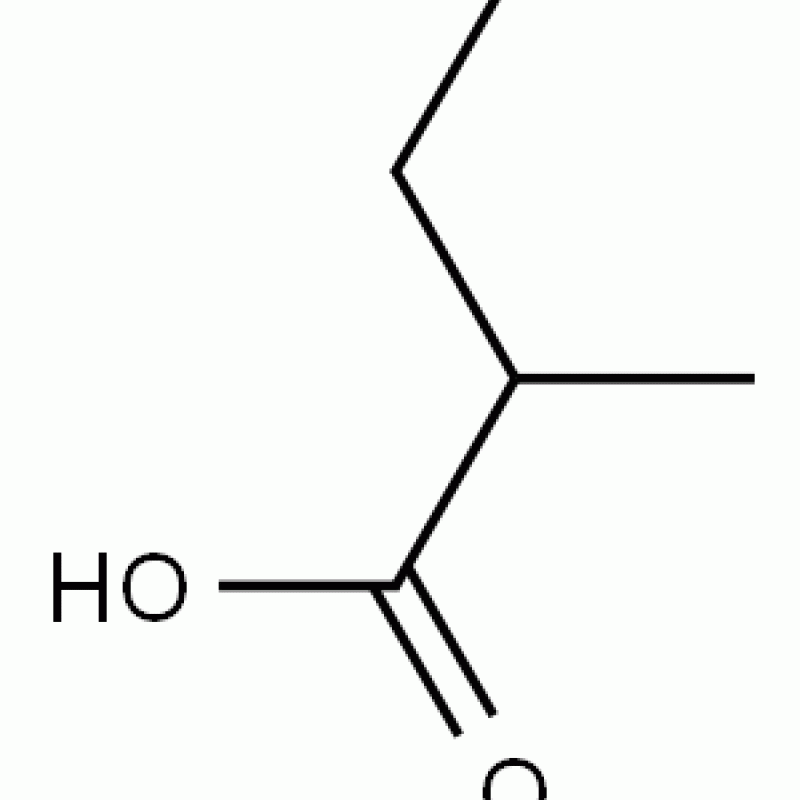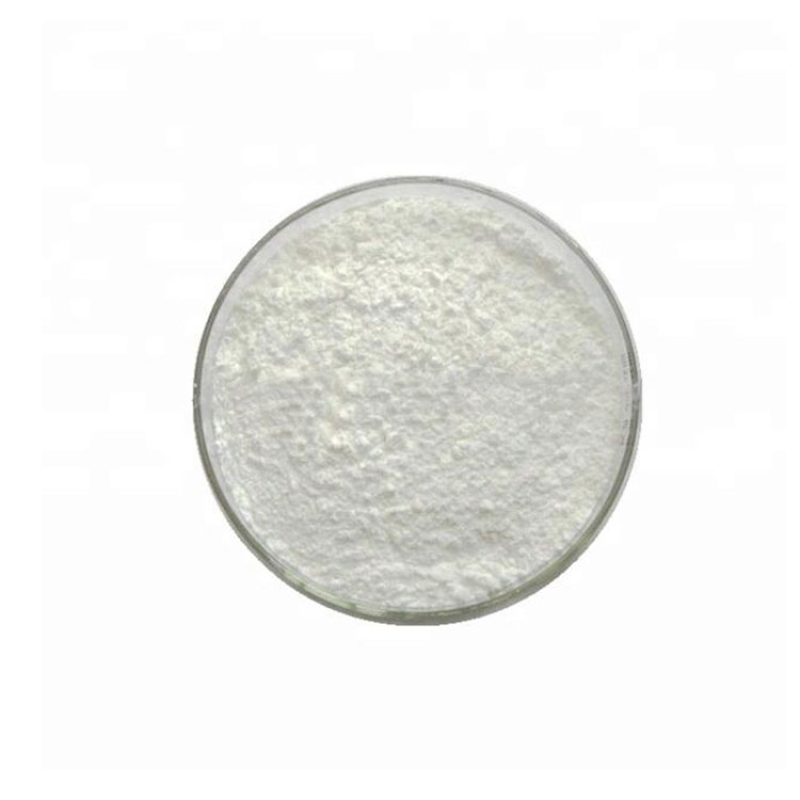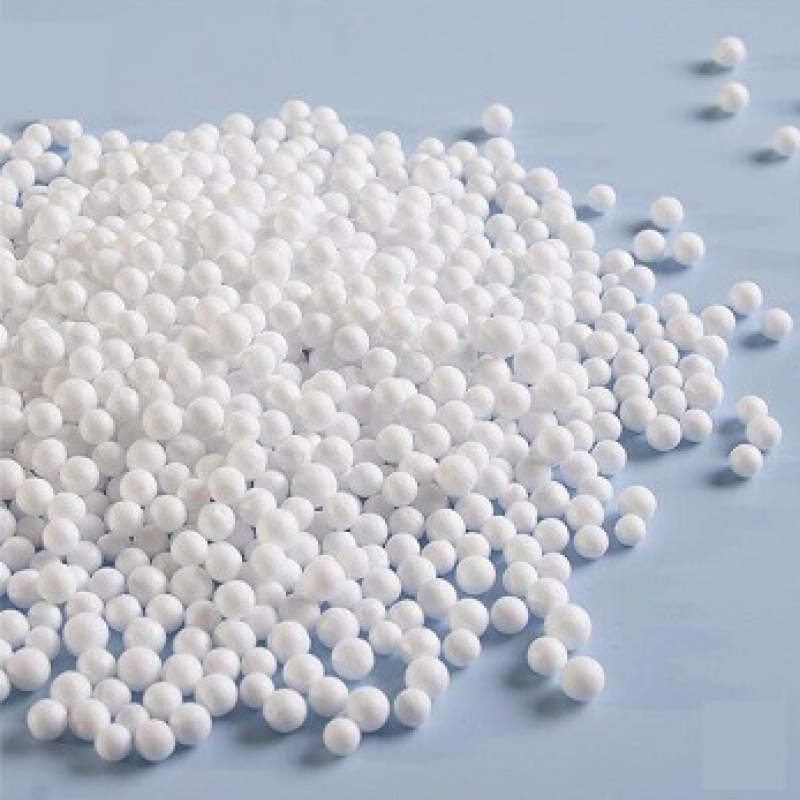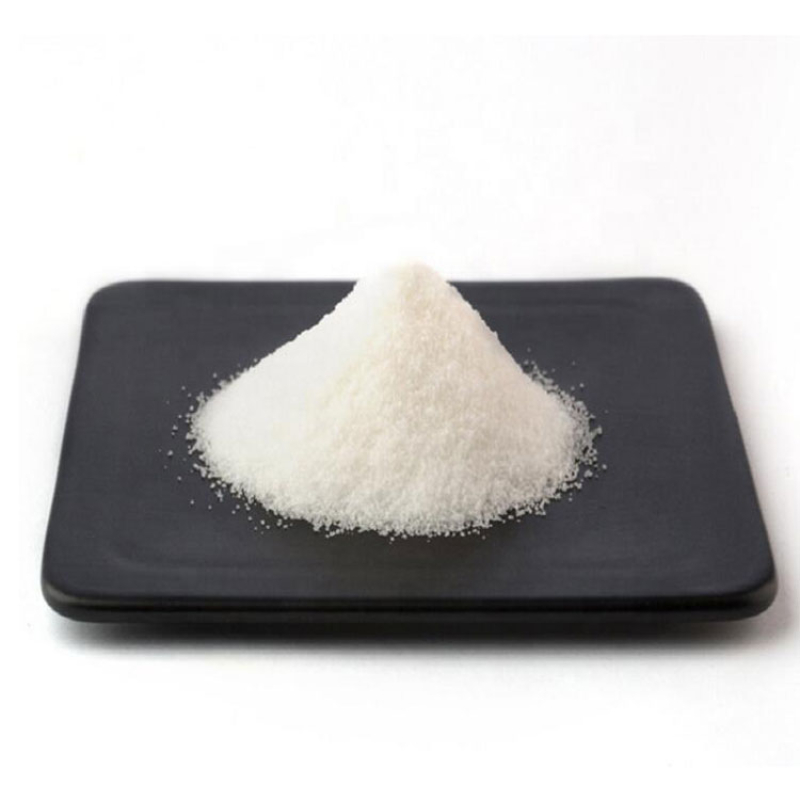Products Description of Poly(L-lysine hydrobromide) CAS#25988-63-0Antioxidants, Chelating Agents, PreservativesPoly(L-lysine hydrobromide) Chemical Propertiesstorage temp. 2-8°Cform lyophilized powderStability:Stable. Incompatible with strong acids, strong bases. Safety InformationWGK Germany 3F 3-10Product Application of Poly(L-lysine hydrobromide) CAS#25988-63-0Only a trace amount of polylysine needs to be added to food to be effective, and it will not affect the taste of the food. It can be used as a natural preservative for food.
Contact Now
Products Description of Poly(acrylic acid)CAS#9003-1-4Acrylic resin (MethylMethacrylateResin), commonly known as organic glass, is a polymer compound made from methyl methacrylate. Commonly used synthesis methods include anionic polymerization, solution polymerization, bulk polymerization, and suspension polymerization. In addition, the resin has excellent properties such as easy coloring, light weight, not easy to break, and good processing performance. Therefore, it is often used as a substitute for glass, optical lenses, lenses, etc.
Contact Now
Products Description of Poly(vinyl alcohol)CAS#25213-24-5White powderPoly(vinyl alcohol) Chemical PropertiesMelting point >300 °CEPA Substance Registry SystemVinyl acetate vinyl alcohol polymer (25213-24-5)Safety InformationRisk Statements 23/24/25-36/38-39/23/24/25Safety Statements 26-36/37-45WGK Germany 1RTECS TR8100000 Factory and Equipment ShowFast delivery timeInventory 2-3 working days New production 7-10 working days
Contact Now
POLY(DIMETHYLAMINE-CO-EPICHLOROHYDRIN) Chemical Propertiesdensity 1.1 g/mL at 25 °Crefractive index n20/D 1.427CAS DataBase Reference25988-97-0EPA Substance Registry SystemMethanamine, N-methyl-, polymer with (chloromethyl)oxirane (25988-97-0)Safety InformationHazard Codes XiRisk Statements 38-41Safety Statements 23-26-36/37/39WGK Germany 3Factory and Equipment ShowFast delivery timeInventory 2-3 working days New production 7-10 working days
Contact Now
Calcium chloride(food grade)CAS#10043-52-4Product Overview:Introducing our high-quality Calcium Chloride (Food Grade) with the CAS#10043-52-4, a versatile compound that is essential in a variety of applications across the food, industrial, and manufacturing sectors.
Contact Now
CACL2 CAS#10043-52-4Product Description:At the heart of industrial and commercial applications is calcium chloride, a chemical compound with the molecular formula CaCl2 and registration number CAS#10043-52-4.
Contact Now
Calcium chloride CAS# 10043-52-4Product Description:At our company, we pride ourselves on offering high-quality Calcium Chloride with the chemical formula CaCl2. Our 99% Calcium Chloride is meticulously produced to meet the demands of various industries, ensuring optimal performance and efficiency.
Contact Now
Calcium Chloride (CAS#10043-52-4) - High-Quality Solution for Various IndustriesProduct OverviewCalcium Chloride (CaCl2), a high-purity industrial and food-grade compound, offers a versatile solution for applications across multiple industries.
Contact Now
Products Description of Calcium chloride CAS#10048-52-4Anhydrous calcium chloride is a white porous frit or granule. It is easy to deliquesce. The melting point is 782℃, the density is 2.15g/cm3, the boiling point is higher than 1600℃, it is easily soluble in water and releases a lot of heat, and it is also soluble in ethanol and acetone. The most common is calcium chloride hexahydrate CaCl2·6H2O, colorless trigonal crystal, easy to deliquesce, bitter and salty taste, density 1.71g/cm3.
Contact Now
Products Description of Calcium hypochlorite CAS#7778-54-3The chemical formula of bleaching powder is CaCl2·Ca(ClO)2·2H2O. It is a white powdery substance. Its composition varies with the preparation conditions. It is generally a hydrated complex salt composed of calcium hypochlorite, calcium chloride and unreacted calcium hydroxide. Its active ingredient is calcium hypochlorite. Bleaching powder has strong oxidizing, corrosive and irritating properties. It can decompose when it comes into contact with water, ethanol or inorganic acid.
Contact Now
Products Description of Calcium gluconate CAS#299-28-5Calcium gluconate is the calcium salt of gluconic acid. It is a white crystalline or granular powder with a melting point of 201°C.
Contact Now
Products Description of Antimony triacetate CAS#6923-52-0Antimony(III) acetate is an antimony compound with the chemical formula Sb(CH3CO2)3.
Contact Now
Products Description of CALCIUM TITANATE CAS#12049-50-2Calcium titanate is an inorganic substance with the chemical formula CaTiO3. It belongs to the cubic crystal system and is a basic inorganic dielectric material with excellent dielectric, temperature, mechanical and optical properties.
Contact Now
Products Description of Calcium carbonate CAS#471-34-1Calcium carbonate occurs in nature as limestone in various forms, such as marble, chalk, and coral. It is probably the most widely-used raw material in the chemical industry. It has numerous applications, primarily to produce cement, mortars, plasters, refractories, and glass as building materials. It also is used to produce quicklime, hydrated lime and a number of calcium compounds. It is produced either as powdered or precipitated calcium carbonate. The latter consists of finer particles of greater purity and more uniform size.
Contact Now
Products Description of Calcium Ammonium NitrateCAS#15245-12-2Calcium ammonium nitrate is a nitrogen fertilizer made by melting ammonium nitrate with a certain proportion of limestone and dolomite powder. The ingredients are a mixture of NH4NO3, CaCO3 and MgCO3. Calcium ammonium nitrate contains 21% to 26% nitrogen (N), and is grayish white or light yellow granules or powder. The aqueous solution is weakly alkaline.Calcium ammonium nitrate is the world's most soluble calcium-containing chemical fertilizer.
Contact Now
Products Description of Benzalkonium Chloride CAS#63449-41-2Benzalkonium chloride is a cationic surfactant and a non-oxidizing fungicide. It has a broad spectrum and high efficiency in killing bacteria and algae. It can effectively control the reproduction of bacteria and algae and the growth of slime in water. It has good slime stripping effect and certain dispersion and penetration effects. It also has certain degreasing, deodorizing and corrosion inhibition effects.
Contact Now
Products Description of Tetrabutylammonium Iodide COA#311-28-4Tetrabutylammonium iodide (TBAI) is a commonly used phase transfer catalyst that can increase the reaction rate or effectively promote a variety of chemical reactions. This reagent can be used as an iodine source to generate the iodide required for the reaction in situ, avoiding the use of some unstable and expensive iodides.
Contact Now
Products Description of Tetrabutylammonium Perchlorate CAS#1923-70-2Tetrabutylammonium perchlorate is used as a research compound, in medicine, and as an electrolyte in electrochemical gradeTetrabutylammonium perchlorate Chemical PropertiesMelting point 211-215 °Cdensity 1.0387 (rough estimate)refractive index 1.6800 (estimate)solubility acetonitrile: 0.1 g/mL, clear, colorlessform Crystalline Powdercolor WhiteWater Solubility Soluble in acetonitrile and ethanol.
Contact Now
Products Description of Bis-phosphonic acid tetrasodium salt CAS#3794-83-0This product is a brown-yellow viscous liquid. Relative density (20°C) 1.40. Pure product melting point 198-199°C, soluble in water and ethanol.
Contact Now
Products Description of 1,3-bis(3-glycidoxypropyl)tetramethyldisiloxane CAS#126-80-7Colorless liquid1,3-bis(3-glycidoxypropyl)tetramethyldisiloxane Chemical PropertiesMelting point <0°CBoiling point 184 °C2 mm Hg(lit.)density 0.996 g/mL at 20 °C(lit.)refractive index n20/D 1.452Fp 110°CSpecific Gravity0.996Hydrolytic Sensitivity3: reacts with aqueous baseBRN 223966InChIInChI=1S/C16H34O5Si2/c1-22(2,9-5-7-17-11-15-13-19-15)21-23(3,4)10-6-8-18-12-16-14-20-16/h15-16H,5-14H2,1-4H3InChIKeyMFIBZDZRPYQXOM-UHFFFAOYSA-NSMILES[Si](C)(C)(
Contact Now
Paraffin, Liquid CAS#8012-95-1Mineral oil mist is a colorless, oily liquid aero-sol dispersed in air with an odor like burned lubricating oil.The odor threshold is 1.0 ppm. Specific gravity (H2O:1)=0.865 at 60℃; Boiling point = 250- 360*C; Vaporpressure = <0.5 mmHg at 20℃; Flash point= 193℃;Autoignition temperature = 260- 371℃. HazardIdentification (based on NFPA-704 M Rating System):Health 0, Flammability 1, Reactivity 0. Insoluble in water.Product Name:Paraffin, liquidSynonyms:PARAFFIN VISCID, EXTRA PURE, DAB, PH. EU R., B. P., PH.
Contact Now
Products Description of Divinylbenzene CAS#1321-74-0Divinylbenzene is a very useful crosslinking agent, widely used in ion exchange resins, ion exchange membranes, ABS resins, polystyrene resins, unsaturated polyester resins, synthetic rubber and other fields. However, divinylbenzene is highly reactive. During the distillation process, it is very easy to undergo free radical polymerization due to the initiation of metal ions and heat. The higher the temperature, the faster the polymerization rate.
Contact Now
Product Description:We are proud to present our top-grade Dimethylacetamide (DMAC), scientifically known as N,N-dimethylacetamide or N,N-dimethyl acetamide, with the CAS No. 127-19-5.
Contact Now
Products Description of ORALITH BRILLIANT PINK R CAS#2379-74-0Reduction of pink red R to thioindigo dyes is mainly achieved by oxidizing unsubstituted or substituted benzo[b]thiophene-3 or naphtho[2,3-b]thiophene using various oxidants such as bromine in a chlorosulfonic acid medium, polysulfides, oxygen in the presence of copper salts, etc.ORALITH BRILLIANT PINK R Chemical PropertiesBoiling point 529.1±50.0 °C(Predicted)density 1.583±0.06 g/cm3(Predicted)storage temp. Sealed in dry,Room Temperatureform SolidColour Index 73360color RedLogP2.06 at 22℃ and pH7E
Contact Now

































